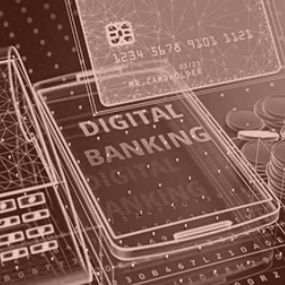
5 ways to track your expenses?

We all aware that it is important to manage finances wisely. However, most people go beyond the budget from time to time. That is why quick cash payday loans are very popular nowadays. Why so? In fact, it is not easy to manage finances.
One way of ensuring good money management is to track all your expenses. By making sure where your money is going, you can learn to make better financial choices. This leads to an improvement in your financial situation.
Therefore, let's take a look at the top 5 ways to track your expenses.
Table of Content: 5 ways to track your expenses
1. View your account records
This is an excellent way to analyze how you spending your money. Account records can provide you with information about your monthly spending habits. In fact, this is a very convenient and informative method of analyzing your buying behavior. This makes it a good way of learning how to make rational purchases.
In order to analyze your spendings, you will need to divide them into different categories. By the way, some credit cards have such a feature – they sort purchases into different sections like food or helath&beauty, etc.
The benefit of such sorting is that you can see the areas which consume the larger portions of your finances and figure out how to reduce your spendings. For example, you may find out that you pay a lot of money for unnecessary subscriptions.
2. Find useful apps
While budgeting apps might seem time-consuming for some, they are actually a great way to maintain spendings. It won’t take much time to get how to use one of those but filling all the information might be time-consuming.
With budgeting apps, you can set a limit on how much you plan to spend each month. They will also help you to keep track of your daily spending in order to keep it within the limit.
The effectiveness of budget apps has made them highly popular. Whatever your lifestyle is, there is always a good budget app that will suit you. Examples of popular budgeting apps include Mint, Moneystrands, Personal Capital and Chime.
While some apps are free, others require a monthly subscription. However, in most cases, the amount of saved money proves that a couple of dollars for subscription worth it.
If you are not a fan of electronic notes but still want to track your expenses, try to use an old but good alternative – notebook and pan.If you will use your spending book every day, it won’t be a hard task. But this method has a downside. You will need to make calculations and analyze data yourself.
3. Try using a spreadsheet
If you use a number of different financial accounts it is difficult to come up with a clear picture of your expenses.
Luckily, it is not that hard to get over this issue by contributing all the different accounts into one spreadsheet and compile the data. They are simple to use and you can customize them to fit your daily lifestyle.
The downside is that this process is easier said than done. Doing it yourself can be difficult. Nevertheless, budget templates that can be sourced for free from the app stores are helpful enough.
4. Online Loans
Online loans are not exactly a way to track your expenses. However, there is a number of reasons why you may want to go for an online loan.
First is that they are easy to access and you can money to cover unexpected spendings instantly. Compare this to a loan from a bank which can take several days to process.
Second is that there no collateral is required. And while your credit score can drop when you fail to pay on time, you don’t have to worry about your car getting repossessed. Moreover, online loans also come with better rates.
But how can online loans help you track your expenses? First, it is much harder to spend loan money on extravagant items and needless things. Instead, you are more likely to focus on repaying the loans than using the money impulsively.
Online loans also generate account statements which you can use to help you analyze your spending. The last advantage of this is that when you pay the loan within the terms of the agreement, it can boost your credit score.
5. Analyzing all monthly expenditure
There are two main categories of expenses – fixed and occasional ones. The first category includes things you can’t live without and therefore buy constantly. The second one includes unnecessary purchases that still have a place in our lives.
Occasional expenses are different each month. What can they be? For example, grocery, entertainment, and clothes. Simply put, if you need to save some money to decrease the spendings of this category.
Conclusion
Keeping an eye on your spending habits is a great way to learn how to save and an important first step towards reducing unnecessary spending. Tracking expenses includes several stages like gathering information on how do you spend your money, analyzing it and looking for ways to cut extra spending.
Nowadays most people care about where do their financiers go and that is why we have numerous tools that make money management easier. Though, you will need to make some efforts anyway. But the result worth it.









